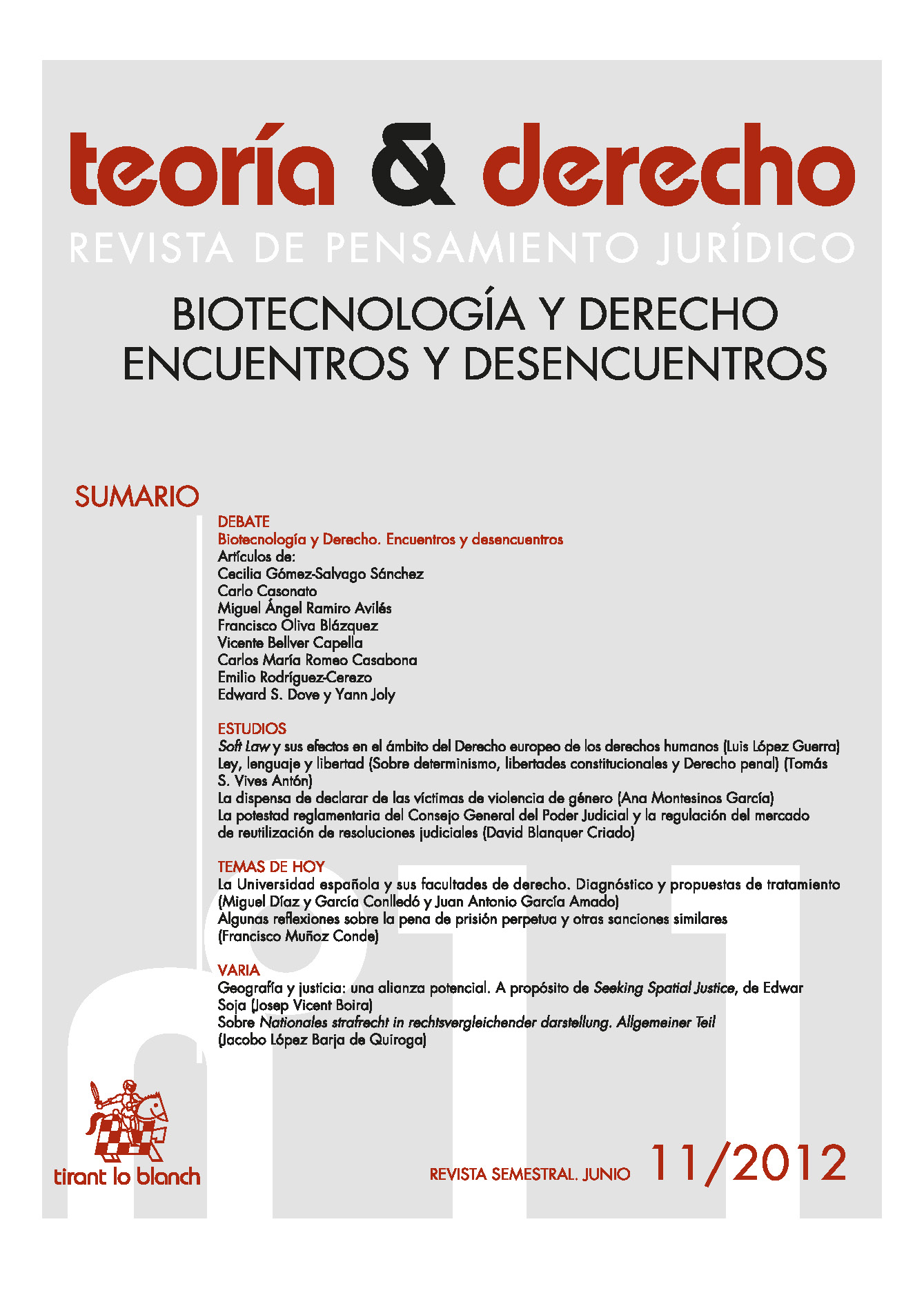INTELLECTUAL PROTECTION SYSTEMS FOR CULTIVATED PLANTS
Keywords:
Agriculture, plant variety, breeder, UPOV, plant patentsAbstract
Th e fi rst farmers started breeding by simply selecting seeds or propagation materials (tubers) from particular individual plants. Th is unconscious breeding was replaced in modern ages by a more systematic approach by the nascent plant breeding industry. Protecting the intellectual property of plant breeding inventions has always been the subject of debate due to the strong emotional links and strategic issues associated to crops seeds. Th is resulted in the development of ‘sui generis’ systems of protection that are diff erent from normal utility patents. Th e widespread example is the use of “plant variety protection’ certifi cates. In the past two decades, however, the use of conventional tools for intellectual protection, such as utility patents, has spread into agricultural crops, giving rise to the current co-existence between sui generis instruments and utility patents. In this paper we discuss the historical development of both approaches and the diff erences in current application of each of the systems in diff erent countries, with emphasis in the coverage and limitations of the protection conferred by each instrument.





















